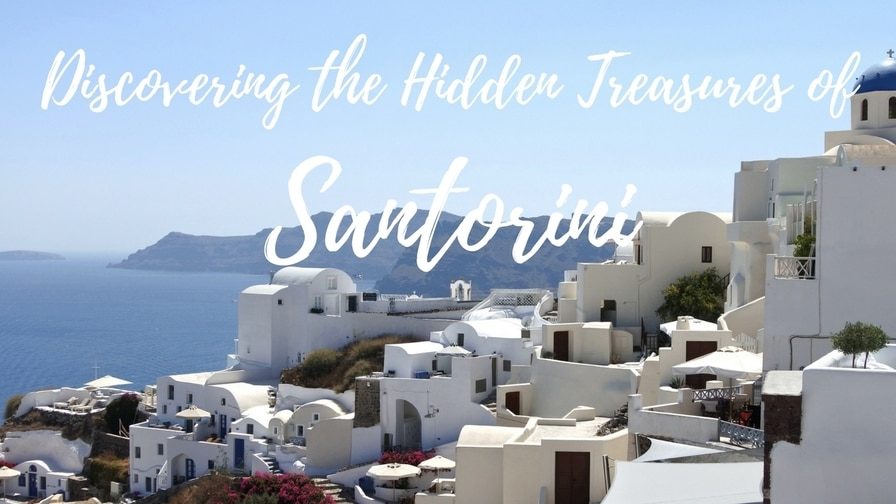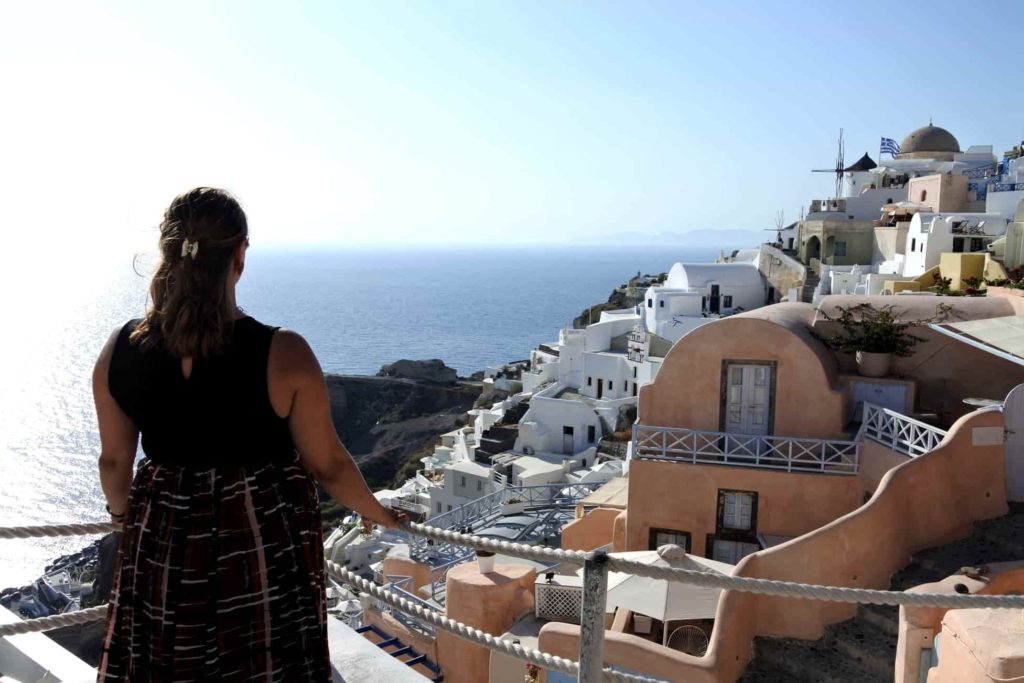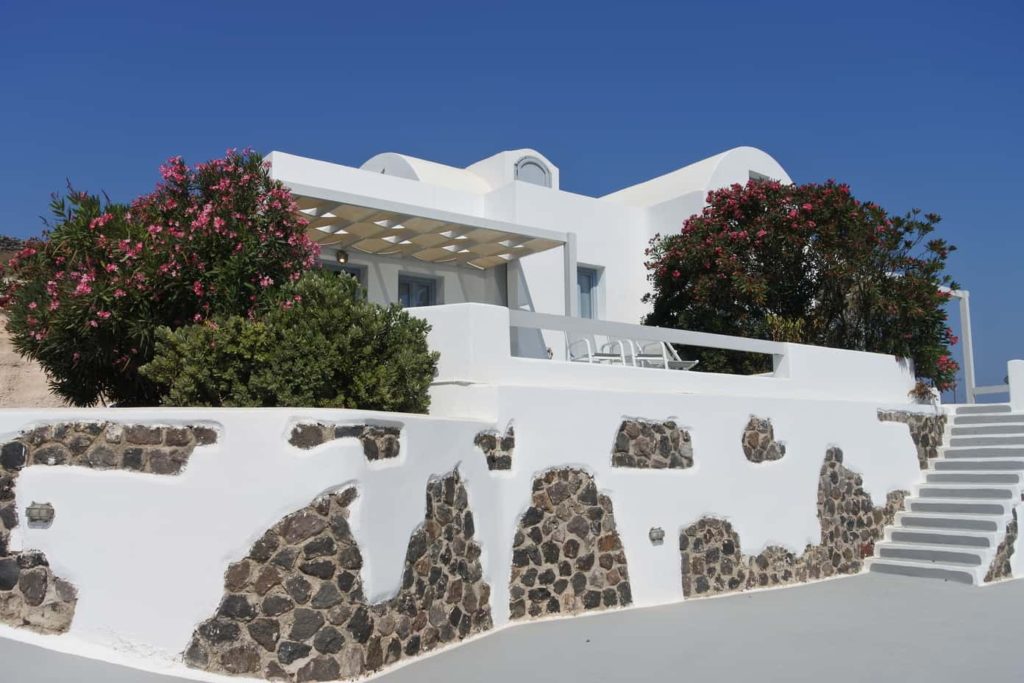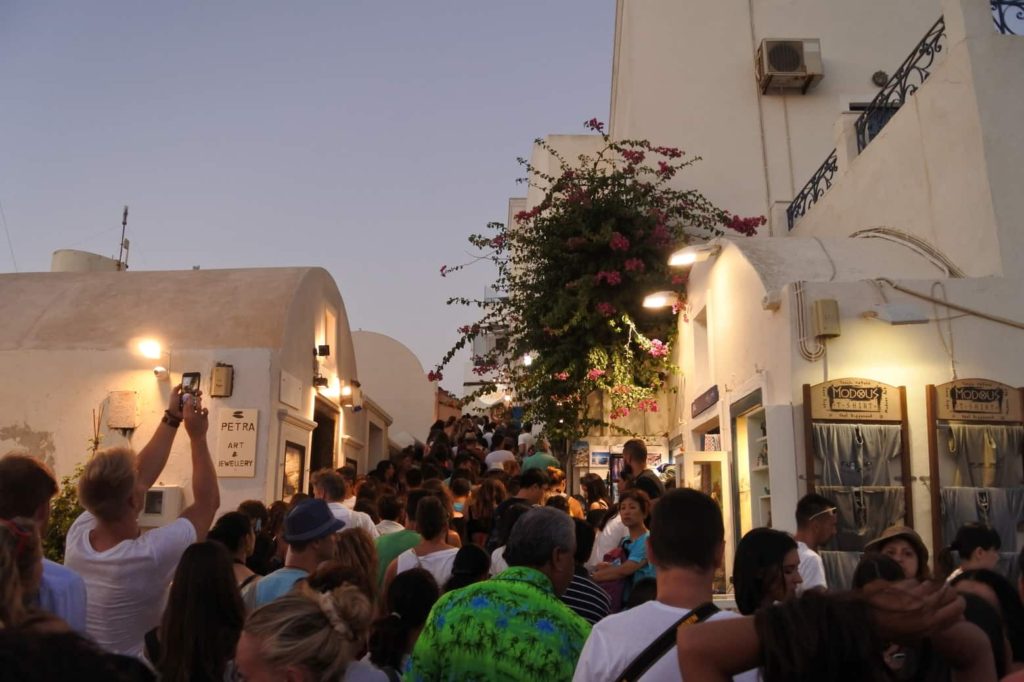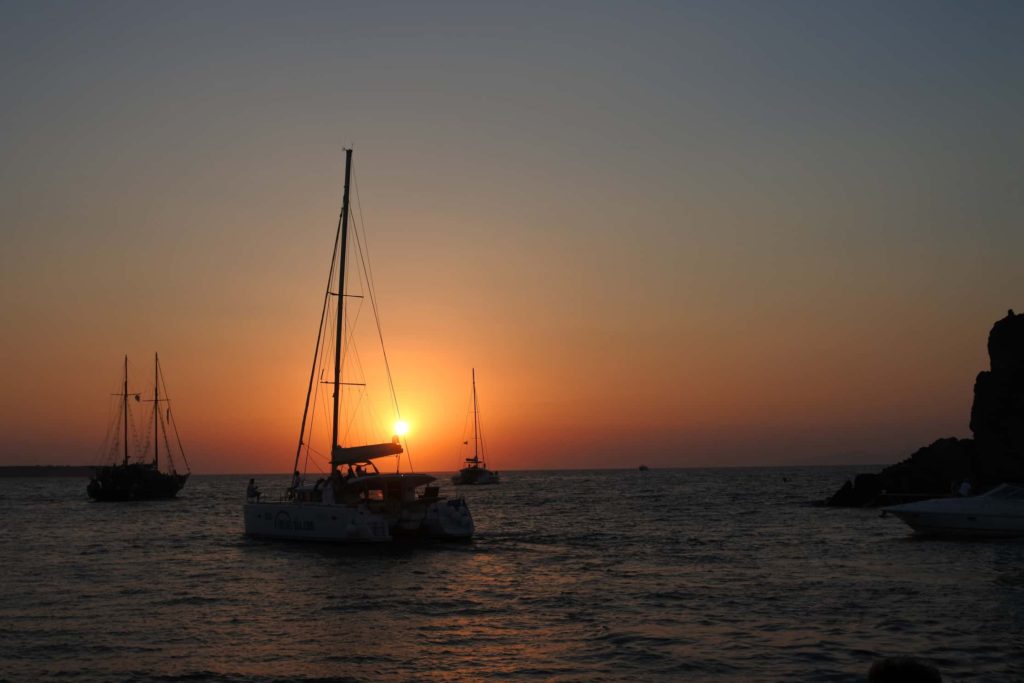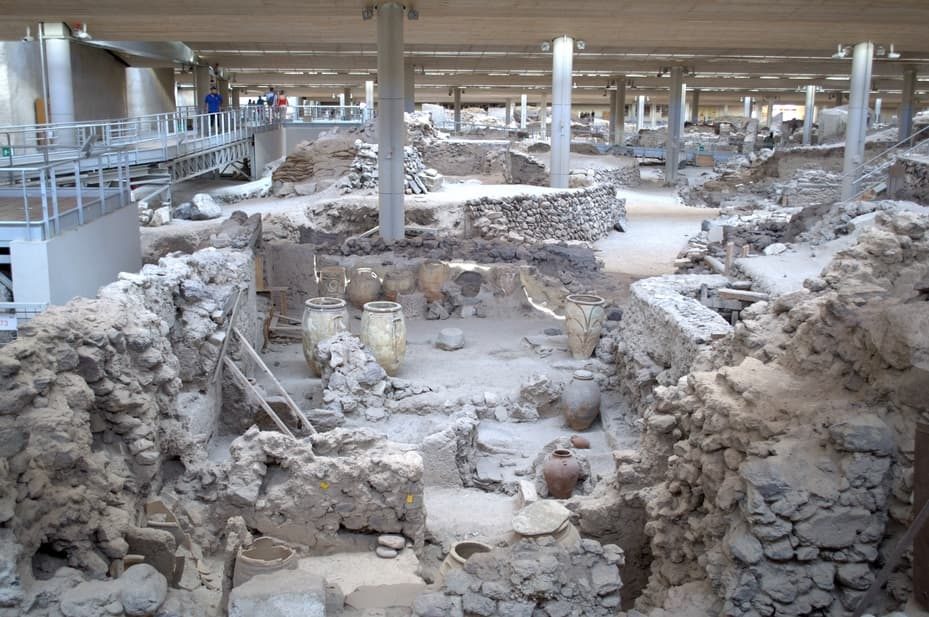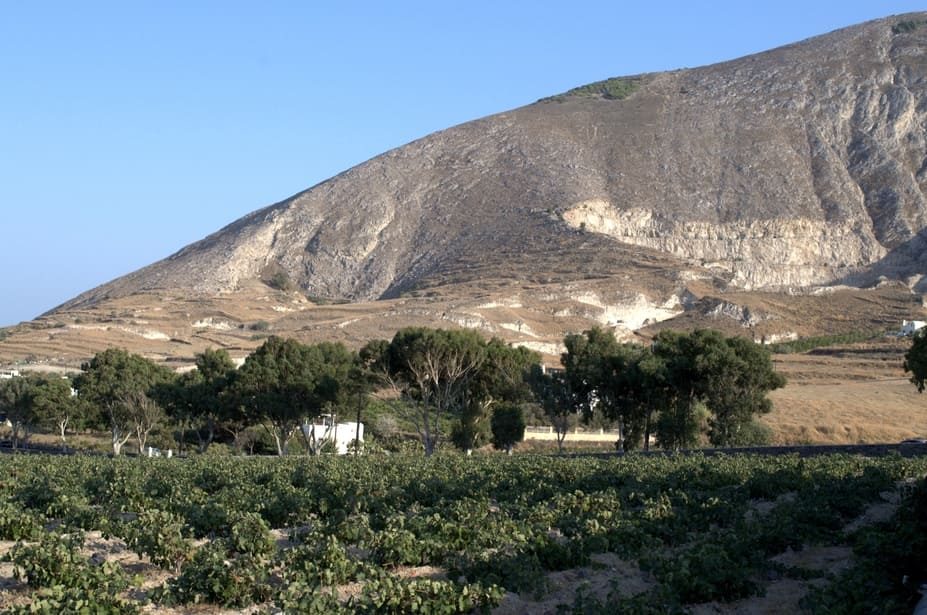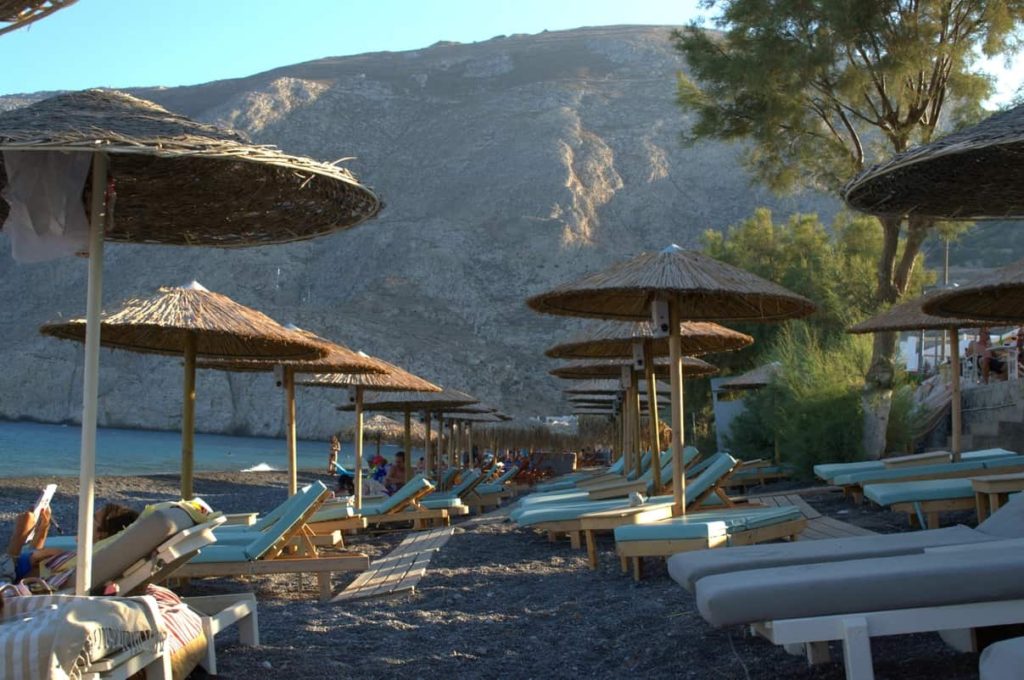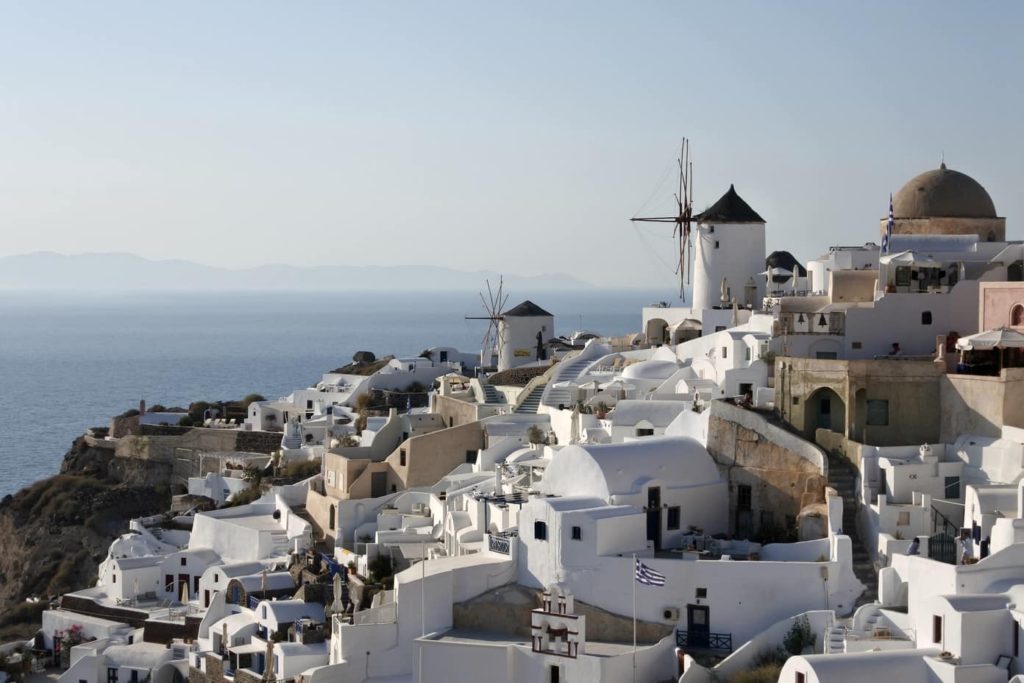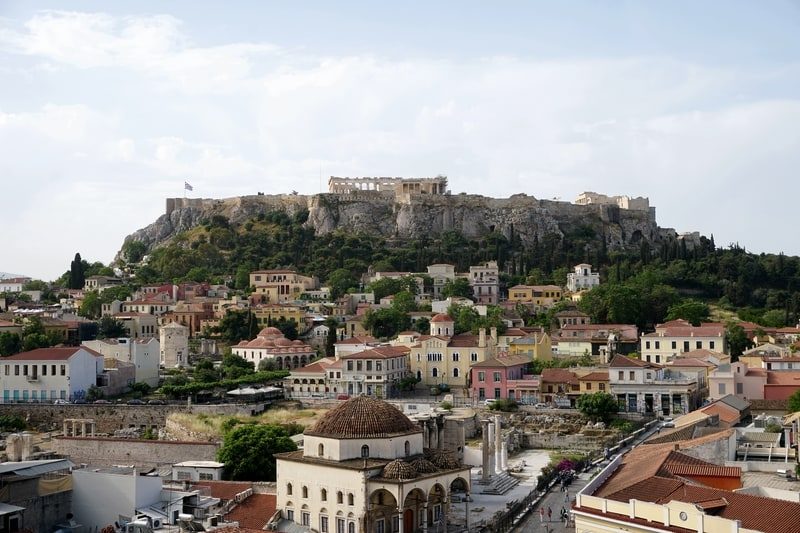
A Journey to the Ancient World: Athens, Greece
Athens is known for being the cradle of democracy of the ancient world. Naturally, millions of tourists visit the city every year to discover the ancient world whose stones rest amongst the modern stones of today’s Athens. Because it is a heavily visited city, it can be tricky to find a way to visit that doesn’t have you standing in massive lines or unable to see the sites because of the crowds. After several visits leading tour groups to Athens, I’m happy to say that I’ve found a great plan for getting the most out of the city, with some hidden treasures along the way.
Where to stay in Athens
While many visitors coming to Athens come through on cruise ships, you may (hopefully will) be planning an overnight visit to this city. Athens really deserves several days of exploration to fully understand the rhythm of the city alongside its ancient counterpart. I’ve stayed at a few hotels throughout Athens, and by far, A for Athens has been the best. It’s located right on Monastiraki Square with views of the Acropolis, Hadrian’s Library, Mt. Lycabettus, and most other important sites of Athens from its rooftop. Suites and rooms are available with stunning views of the Acropolis, but even the most basic rooms at this hotel will have you feeling like you’re in a Greek oasis.

What to see and do in Athens
There are a million things to see in Athens, so you have plenty to keep you busy for several days! This is my list of some of the most important sites, and the best way to see them. As the opening hours of these sites change frequently, I encourage you to visit an official tourist information office at the beginning of your stay to get an updated list of opening days and hours for each site.
The Acropolis
The Acropolis of Athens is certainly a highlight of a visit to this city. Sitting squarely in the middle of the old town of the city, it’s hard to miss from almost any angle of Athens, and it’s the perfect place to start your trip. I recommend getting to the Acropolis as soon as it opens in the morning to avoid some of the crowds, otherwise you’ll have to battle your way to the top of the rock. The Acropolis is one of the few archeological sites in Athens that’s open in the morning all the way through the afternoon, so it’s good to take advantage of its early hours.

Atop the Acropolis, you will find the Parthenon, the Temple of Athena Nike, and the Temple of Erechtheion as the most important structures. Of course, because you’re on the top of one of the tallest hills in the city, you’ll also have panoramic views over the Athens metropolis until the city seems to touch the sea.
The Ancient Agora
Upon first glance, the Ancient Agora doesn’t seem like a place worth spending too much time aside from being a nice-looking garden. I actually find the Ancient Agora to be one of the most interesting and beautiful places in Athens, but you need to spend the time exploring it. According to the Oxford English Dictionary, an Agora was “a public open space used for assemblies and markets” in Ancient Greece. There were Agoras in most Greek city-states, and it can be compared to the Forums of ancient Rome.
The first stop on a visit to the Ancient Agora will likely be the reconstructed Stoa of Attalos, which is now a museum. This is one of my favorite places in the Agora because, although it isn’t original, I think it’s incredible to see a structure reconstructed in such a way as to be able to imagine how the entire area would have looked and functioned. The Stoa of Attalos is a beautiful, columned building with large, open spaces that are easy to marvel at.

The other notable site of the Ancient Agora is the Temple of Hephaistos, which sits upon a hill within the Agora area. It’s incredibly well-preserved, especially compared to the Parthenon, so it’s really interesting to spend some time there to see how an ancient temple in this style would look in its (near) entirety.

The Roman Agora & Hadrian’s Library
These are two different sites, but they lie adjacent to each other and are easily visited in sequence. Rome gained control of the Greek peninsula in the 2nd century B.C. after the defeat of the Corinthians, so there are several Roman ruins to be found in Athens amongst the Ancient Greek ruins. Further, many of the Ancient Greek sites were repurposed as Roman sites which prevented the Romans from having to undergo significant construction work in Athens. For example, the Parthenon was changed from a temple dedicated to Athena to the Roman goddess, Minerva- a “rebranding” if you will!
The Roman Agora was a central meeting point for the Roman city, much the same way as the Ancient Agora was a meeting point. In the 3rd century A.D., the commercial center of Athens was transferred from the Ancient Agora to the Roman Agora and Hadrian’s Library, so these sites were the some of the most significant during the Roman period. While much smaller than their Ancient Greek counterparts, both sites are interesting and worth a visit during a trip to Athens. If not traveling there with a guide, it’s important to read the information boards, as few complete structures remain, so some imagination is important to piece together these areas today.
The Temple of Olympian Zeus
Started by the Ancient Greeks and completed by Hadrian during the Roman period, the Temple of Olympian Zeus differs in architecture from its peers across Athens. Instead of slender, elegant columns like those displayed on the Parthenon, the Temple of Olympian Zeus has thick and beautiful Corinthian columns. Most of the temple’s original 104 columns are no longer there, but 15 stunning columns remain that only hint at the temple’s original prominence.

Mount Lycabettus
The weather in Athens can make hiking sound too ambitious for some, but a hike up Mount Lycabettus, a hill standing 277 meters above sea level, is well worth the effort. This particular hill sits in the middle of the high-end neighborhood of Kolonaki, and is one of the best ways to get a bird’s eye view of the city. It’s the tallest hill in the city, so if a hike isn’t for you, you can also try the Lycabettus Cable Car. While this funicular is inside the mountain, so the ride doesn’t provide the same views that the hike would, it does cut out some of the hike up the hill so that you can enjoy the views at the top. Keep in mind, however, that Kolonaki is also located on a hill, so there is still some hill and stair climbing to get to the entrance to the cable car. Once at the top, there is a small church (St. George Church) and a look-out platform, as well as a cafe.

Acropolis Museum
The Acropolis Museum, completed in 2007 is one of the newer exhibitions in Athens, and it shows when visiting. This particular museum does an excellent job of displaying a wide range of artifacts, particularly focusing on excavation of the Acropolis, while providing detailed and interesting information that moves visitors along in a logical path. I find that this museum is reasonably easy to visit without a guide, as it’s very well laid out with plenty of English-friendly information.
The National Archeological Museum
The National Archeological Museum of Athens is another interesting museum for those interested in ancient artifacts. Within this museums, visitors will find the golden Mask of Agamemnon, a Roman adaptation of the large statue of Athena once housed in the Parthenon, amongst many other unique and interesting items from throughout Greek and Athenian history.
This museum, however, is somewhat more difficult to manage without a guide as explanations about each item are relatively scarce. Guided tours are offered by licensed guides of the museum, and I highly recommend participating in one if you’re particularly interested in these artifacts. I often visit Athens, and I always hire Andromache as a guide- not only for this museum, but also for the ancient sites of Athens. You certainly can’t go wrong visiting with Andromache, she presents the best information about Athens and its history in an incredibly interesting way! I personally find this museum to be as interesting, if not more so, than others in Athens provided you have a good guide to lead the way.
Visit Anafiotika
Anafiotika is a very small neighborhood of Athens located just underneath the Acropolis in Plaka. The architecture here may look similar to photos you’ve seen of Greek islands, like Santorini, but in fact, you haven’t left the city center! Workers from the Cycladic Islands had come to Athens to help with construction at the start of King Otto’s reign in the mid-19th century, and built a cluster of buildings resembling those on the islands from which they came.

It’s not a big neighborhood, but it is a beautiful little walk and an excellent way to escape the crowds, as almost no one knows this place exists!
Journey to the Southern Coast
A trip to Greece can’t possibly be complete without a trip to the coast. A little less than two hours south of the city is Sounio, and the Temple of Poseidon. This particular temple is my favorite (so far!) in all of Greece. It sits high on a bluff overlooking what is seemingly the end of the world, but in reality is the sparkling Aegean Sea. The Greeks built the Temple of Poseidon to placate the god Poseidon after it was decided that the Parthenon in Athens would be dedicated to the goddess Athena.

The temple itself is impressive, but the surrounding scenery is what makes it worth an entire trip outside of Athens. I recommend a late-afternoon trip to the Temple of Poseidon so that you can catch one of the most spectacular sunsets from the temple at the end of your visit- there is no better way to end a day while visiting the Greek capital! There is a public bus that goes from central Athens to Sounio, but be sure to check the schedule just before your visit in case there are any changes. Rome2Rio is a great site for checking local bus routes! In case you don’t want to catch the public bus, there are plenty of tour companies throughout Athens offering trips to this site.

Where to eat in Athens
Athens, like other international cities, is full of interesting and varied cuisines to try. Of course, Greek food in Athens is plentiful, and delicious! As in any other city, I recommend staying far away from restaurants that 1. have photos on the menu, 2. have staff outside coaxing you to come inside, and 3. have menus displayed only in languages other than Greek. You want to go where the Greeks go!
Aiolou Street, just off of Monastiraki Square, is an excellent pedestrian street full of great choices for food. If you walk around 15 minutes away from the Square through the pedestrian area, you’ll come to a part of the road that has several great options in one relative place that are clearly frequented by young locals.
- Sq. Bar is a local bar/cafe/restaurant with low-cost food and drinks in a great atmosphere. They have a ton of outdoor seating, as well as indoor seating with large windows letting in the cool Greek breeze for you to enjoy.
- Odori Vermuteria Di Atene is an Italian restaurant with excellent, fresh food.
- Harvest Coffee & Wine is a great cafe/wine bar
Aside from my suggestions, there are loads more to try in the area, so it’s worth exploring at dinner-time!
On Monastiraki Square, the A for Athens Cocktail Bar & Restaurant is an excellent choice if you’re looking for great views of Plaka and the Acropolis. This bar overlooks Monastiraki Square, and is on the rooftop of the hotel that I recommend. The food is a little pricey, but it’s very good, as are the cocktails and wine. This place gets extremely busy in the evenings, so reservations are recommended- particularly for larger groups or if you want a coveted spot on the top-most terrace for unobstructed views.
Athens is such an incredible city to visit; it’s ideal for a relaxing holiday, an action-packed trip, or a deep dive into history. The city itself has certainly been affected by the country’s recent and ongoing economic crisis, but the spirit of Athens lives on as I’m sure it has for hundreds of years. The kindness and optimism of the Greek people at large never ceases to amaze me.

If you’re interested in visiting Athens, and would like my expert advice to plan your trip, please book a travel consultation with me! I can help you plan your trip from A to Z to ensure you get those most there is to see and do in Athens.
Like this post? Remember to follow on YouTube, Facebook, Instagram, and Twitter to see all of my latest content!
Please note that some links in this post are affiliate links. This means that if you book using the link on my website, I’ll be paid a percentage of your booking fee at absolutely no extra cost to you. As always, all opinions are my own, and all recommendations are based on my own personal experience.

